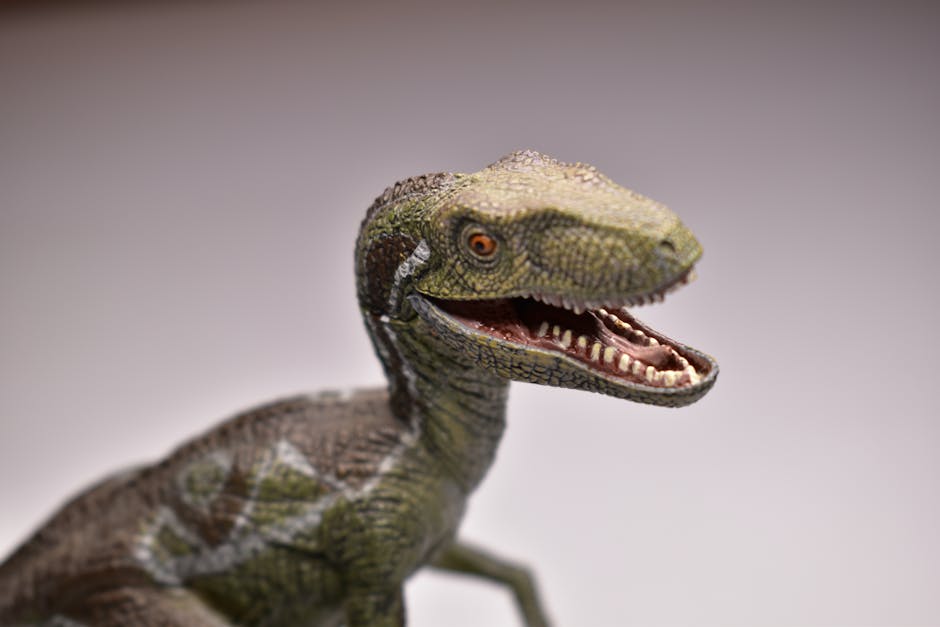The Science of Play: How Toys Impact Learning
Playtime is not just about fun and games; it is an essential part of childhood development, providing children with the opportunity to learn and grow in various areas. From cognitive development to social skills, toys play a significant role in helping children understand the world around them. In this blog post, we will explore the fascinating science of play and how toys impact learning. Get ready to dive into a world where fun meets education! 🎲✨
Table of Contents
1. Introduction
2. Cognitive Development
3. Social Skills
4. Emotional Growth
5. Physical Development
6. Creativity and Imagination
7. Conclusion
8. FAQs
Introduction
Do you remember your favorite childhood toy? Perhaps it was a cuddly teddy bear or a colorful set of building blocks. While these toys might seem simple, they play a vital role in nurturing a child’s development. Toys are not mere distractions; they are tools that foster learning and growth. In this article, we will delve into the various ways toys influence cognitive, social, emotional, and physical development.
Cognitive Development
Cognitive development is all about how children think, explore, and figure things out. Toys such as puzzles, building blocks, and memory games are fantastic for enhancing cognitive skills. These toys encourage problem-solving, critical thinking, and spatial awareness.
When children engage with puzzles, they learn to recognize patterns, improve their concentration, and enhance their memory skills. Building blocks, on the other hand, teach them about balance, engineering concepts, and the basics of geometry. Such activities stimulate a child’s brain, making learning a fun adventure. 🧠🧩
Social Skills
Playing with toys is often a social activity that encourages interaction with peers and adults. Toys like board games, dolls, and action figures help children learn about cooperation, sharing, and empathy. These toys provide scenarios where kids must communicate and work together, which are essential skills both in childhood and later in life.
For example, playing with dolls can help children understand family roles and dynamics, while board games teach them about taking turns and handling winning or losing gracefully. Through these interactions, children develop communication skills and learn the importance of teamwork. 🤝🧸
Emotional Growth
Emotions can be complex for children to understand and articulate. Toys offer a safe space for children to express their feelings and experiment with emotional responses. Role-playing toys, such as dress-up clothes and play kitchens, allow children to act out different scenarios, helping them understand and manage their emotions.
When children engage in pretend play, they explore various emotional outcomes and learn to empathize with others. This type of play is crucial for emotional regulation and can help children process their experiences in a supportive environment. 🥰🎭
Physical Development
Physical development is another critical area influenced by play. Toys that promote movement, such as balls, bicycles, and jumping ropes, enhance motor skills, coordination, and overall physical health. Fine motor skills, which involve the coordination of small muscles, are also developed through activities like drawing, cutting, and threading beads.
When children engage in physical play, they improve their hand-eye coordination, balance, and agility. These activities lay the foundation for a healthy lifestyle and encourage children to enjoy physical activity from a young age. 🚴♂️⚽
Creativity and Imagination
Toys are a gateway to creativity and imagination. When children play with toys like art supplies, building sets, and musical instruments, they are encouraged to think outside the box and explore their creative potential. These toys allow children to express themselves freely and develop their unique ideas.
Encouraging creativity through play not only makes learning enjoyable but also fosters innovation and problem-solving skills. As children experiment and create, they build confidence in their abilities and learn to appreciate the beauty of their imagination. 🎨🎶
Conclusion
The science of play reveals that toys are much more than simple amusements; they are powerful tools that contribute significantly to a child’s development. From fostering cognitive skills to nurturing emotional growth, toys play a pivotal role in shaping a child’s future. As parents, educators, and caregivers, it is essential to recognize the value of play and provide children with opportunities to learn through fun.
So, the next time you see a child absorbed in play, remember that they are not just having fun—they are building the foundation for lifelong learning and development. 🥳🏗️
FAQs
Q: How do toys help in a child’s learning?
A: Toys stimulate various aspects of development, including cognitive, social, emotional, and physical growth. They encourage problem-solving, cooperation, creativity, and much more.
Q: Can toys impact a child’s emotional development?
A: Yes, toys can significantly impact emotional development by providing a safe space to express emotions and understand different emotional responses through role-play and pretend play.
Q: What types of toys are beneficial for cognitive development?
A: Puzzles, building blocks, and memory games are excellent for cognitive development as they encourage problem-solving, spatial awareness, and critical thinking.
Q: How do toys promote physical development?
A: Toys like balls, bicycles, and jump ropes enhance motor skills, coordination, and physical health, promoting a healthy and active lifestyle.
Q: Why is creativity important in play?
A: Creativity in play allows children to express themselves, explore their imagination, and develop problem-solving skills. It fosters innovation and confidence in their abilities.
